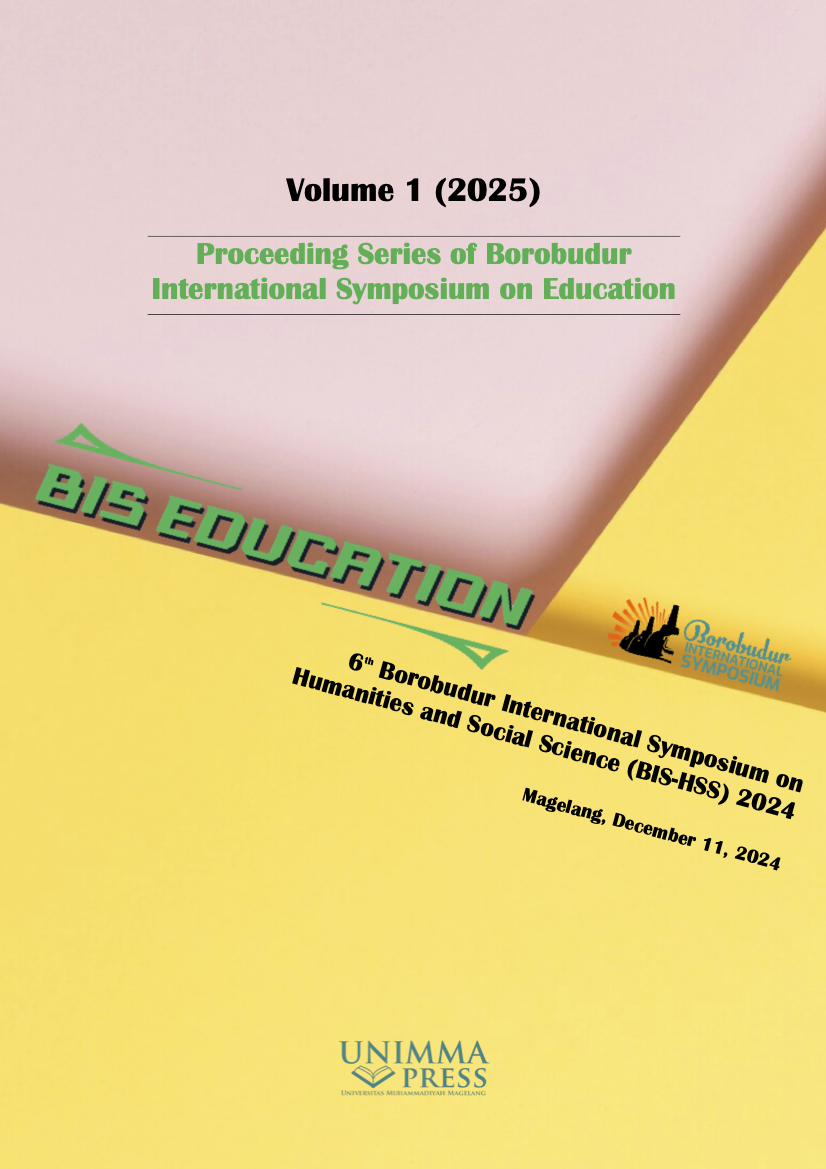Developing a noise level detector as a STEM-based science learning medium
Keywords:
Student concentration, Learning effectiveness, Classroom noise, STEM, Learning mediumAbstract
Despite its negative impact on student concentration and learning effectiveness, excessive classroom noise is often overlooked. Addressing this issue is critical for creating a conducive learning environment and improving the quality of education. This study aimed to develop a STEM-based classroom noise detector as a learning medium for junior high school students using the ADDIE model, which consists of five phases: analysis, design, development, implementation, and evaluation. In the analysis phase, we identified the need for noise management tools and STEM-based learning media. During the design phase, the noise detector prototype was conceptualized with four thresholds light (35–55 dB), moderate (56–70 dB), heavy (71–85 dB), and very heavy (>85 dB) and equipped with a buzzer warning system for hazardous noise levels. The development phase involved assembling and testing the prototype in a laboratory setting, followed by creating STEM-integrated educational materials. In the implementation phase, the tool was tested in classroom simulations to replicate real-world conditions, ensuring usability and functionality. Lastly, the evaluation phase measured the effectiveness of the device in managing classroom noise and its impact on students' engagement and learning outcomes. This research successfully developed a functional noise detector that not only serves as a practical solution for classroom noise management but also enhances STEM-based learning by stimulating curiosity and fostering hands-on science activities.

